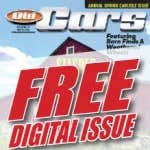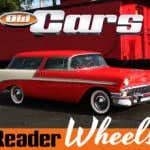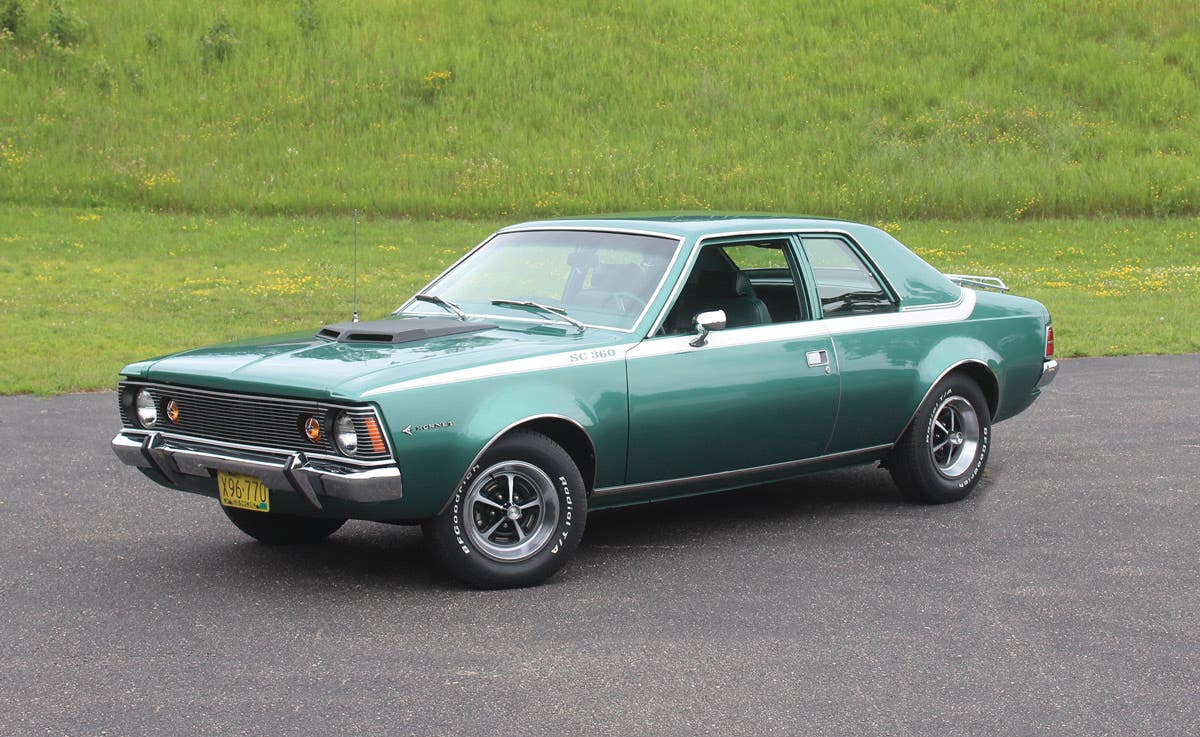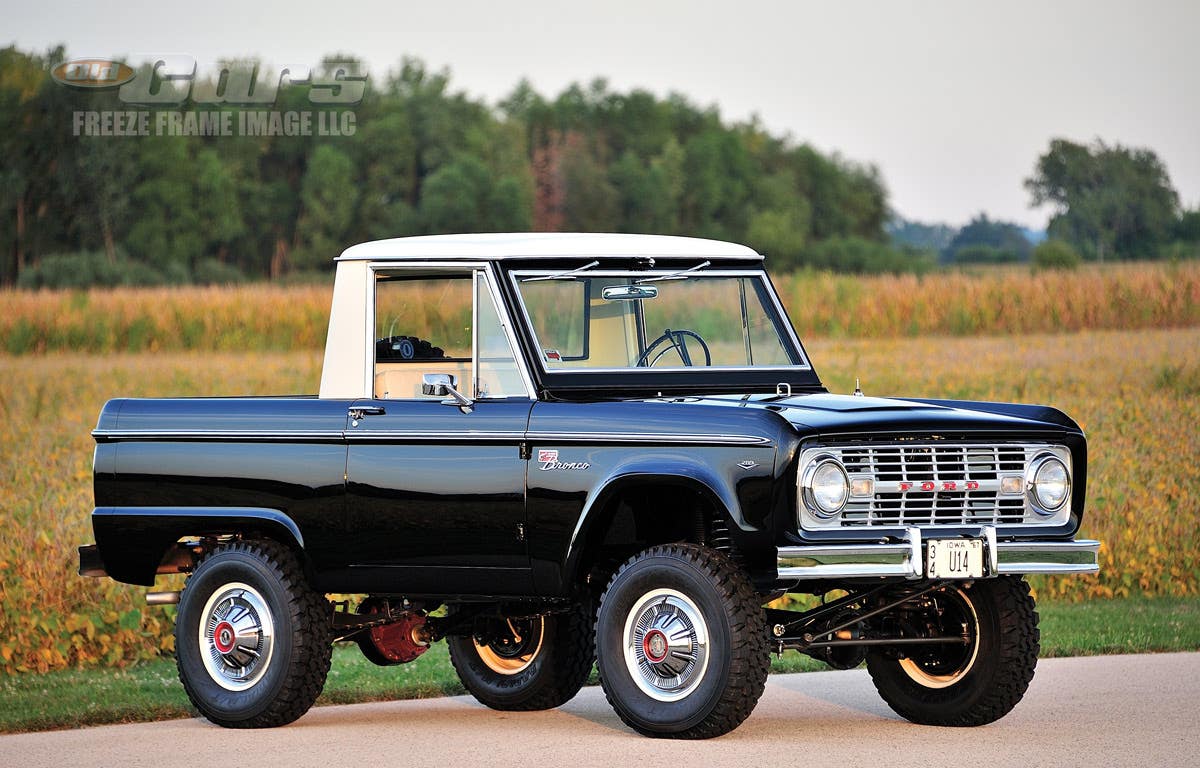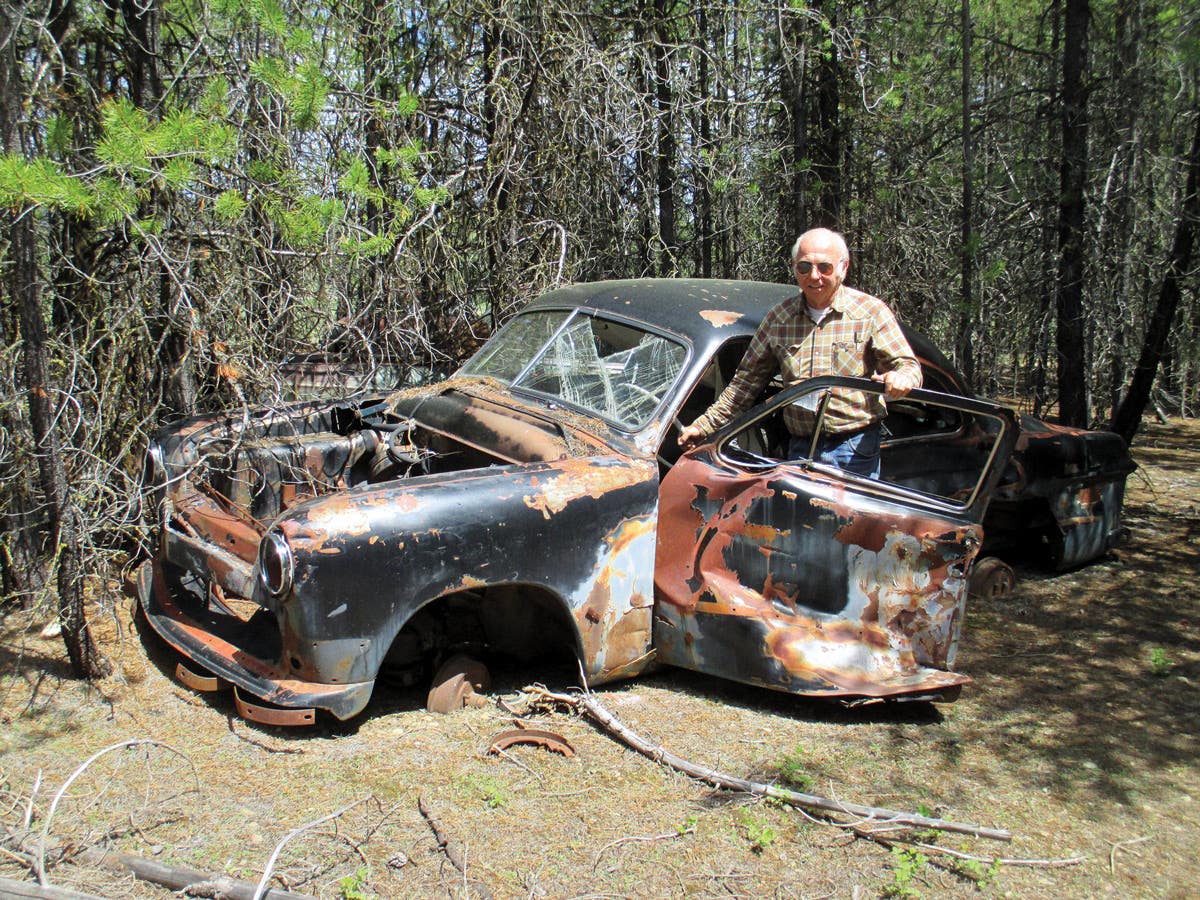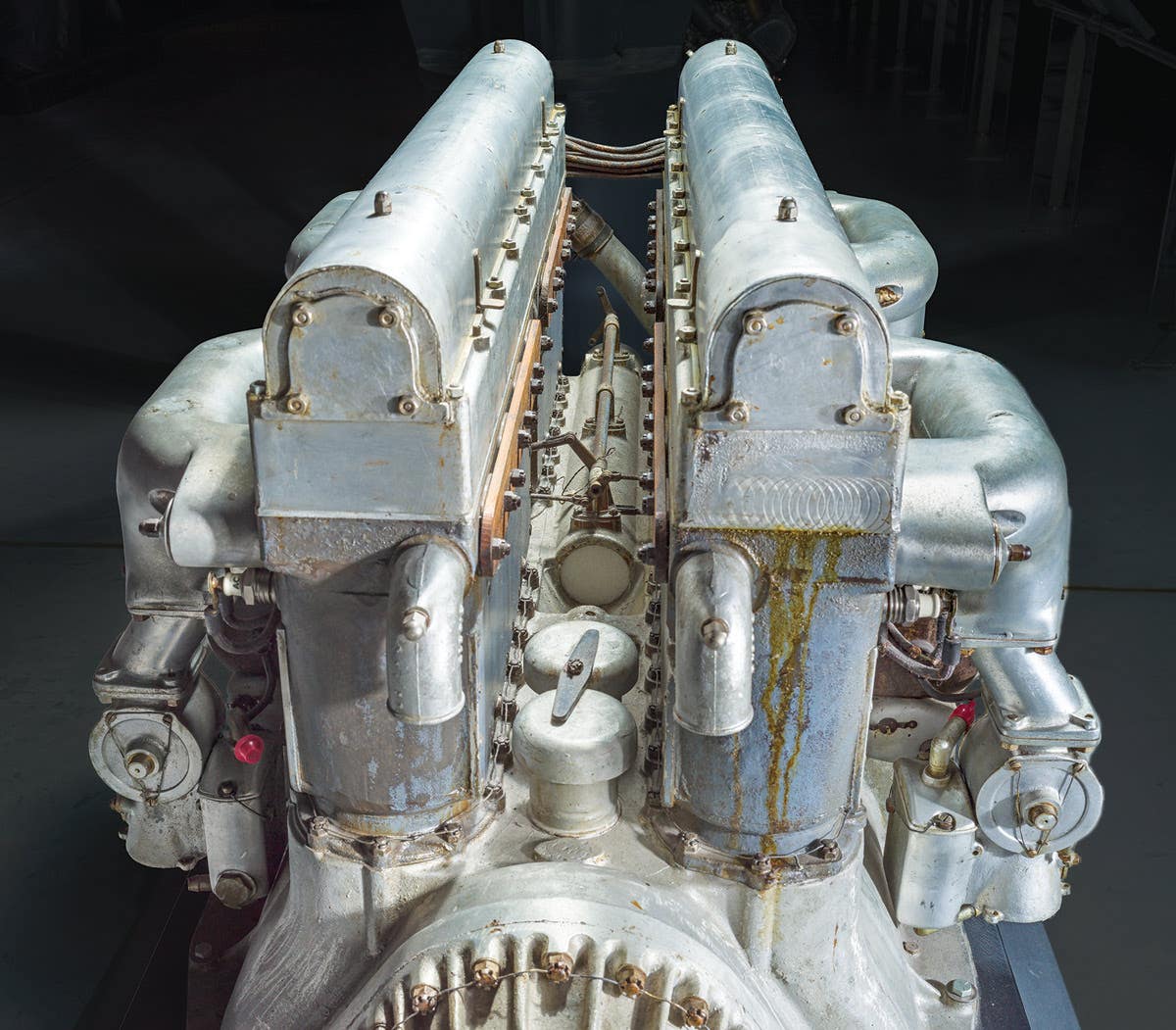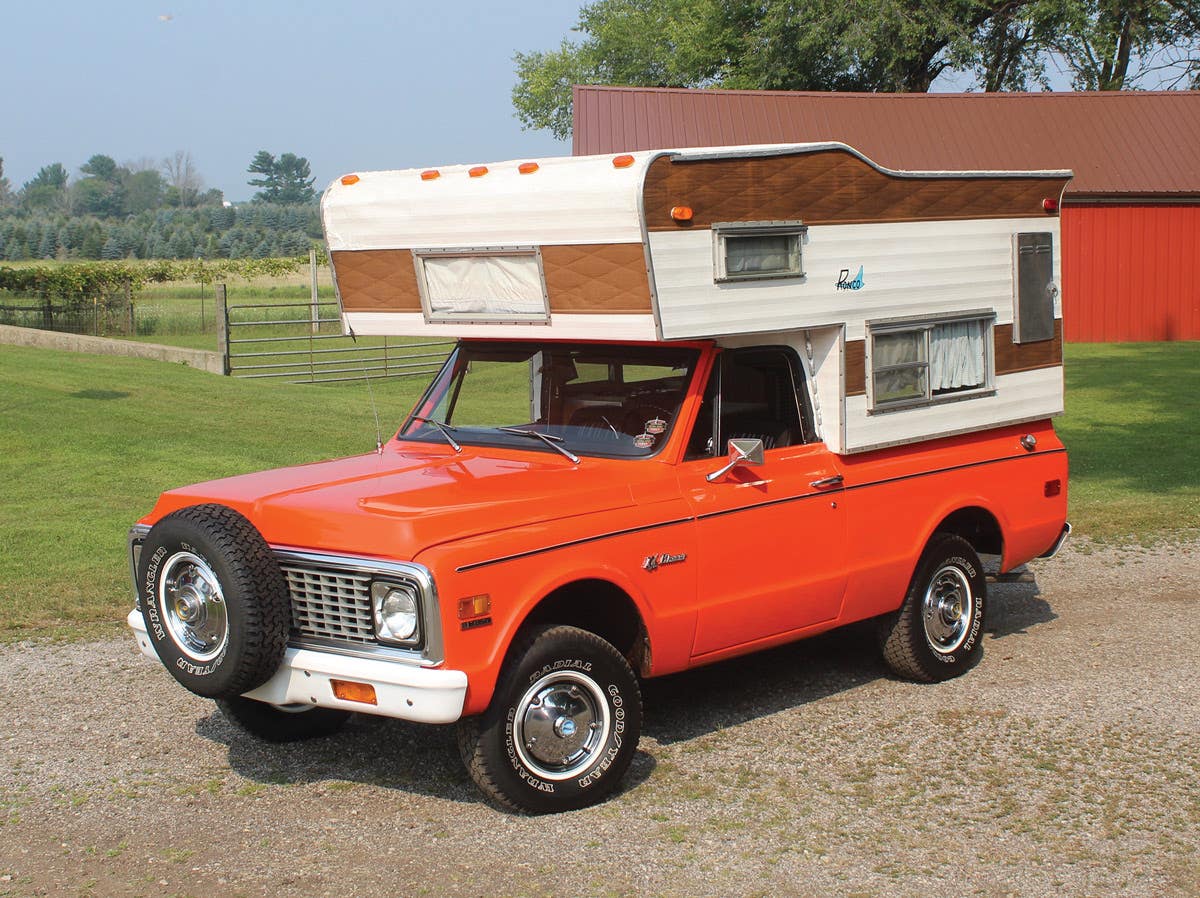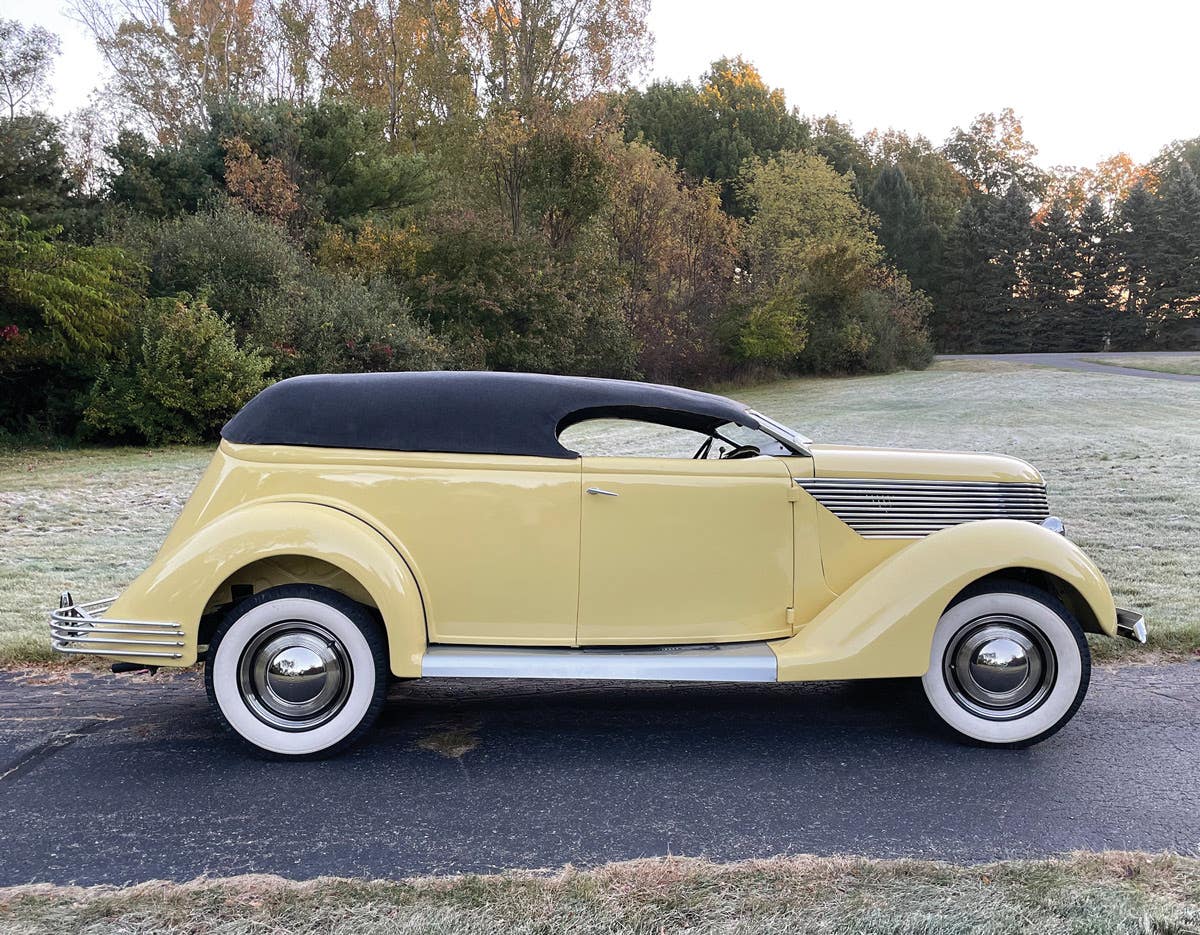Car of the Week: 1936 Auburn 852 Speedster
Auburn’s last hurrah, catching up with a 1936 Auburn 852 Speedster.
The 1935 Auburn 851 and 1936 852 Speedsters were the third generation of a model that was intended to bring eyes and wallets to Auburn showrooms, where buyers would more likely purchase a sedan or coupe or perhaps even a Cabriolet. However, it was the Great Depression, and Speedster sales were all too rare of an occasion. Auburn dealers were often forced by the factory to take one of the impractical Speedsters beginning in 1928, when the body style bowed in the Auburn line. The Speedster was dropped for 1930, then returned in the freshly restyled 1931 Auburn line and remained available into 1934. Auburn gave the Speedster one last hurrah in 1935 and 1936, but in every generation, the relatively expensive and impractical open car was a tough sell, and dealers were rightfully skeptical of adding one of the racy two-seaters to their inventory.
The very definition of a halo car, the Speedster made the Indiana-based Auburn marque memorable even after it forever ceased building cars at the end of 1936. So memorable is the Auburn Speedster that it’s been replicated like a nesting doll in every scale, from a finger-size toy to full-size “replicar.” Many moons aligned in order to create the Auburn Speedster, and before those celestial bodies went into position, no one in the early 20th Century could possibly have predicted that in 40 years, a small Midwestern carriage maker would build the sportiest horseless conveyance yet to travel a road.
From carriages to sports cars
What became the Auburn Automobile Co. began as the Eckhart Carriage Co. of Auburn, Ind. The company built quality horse-drawn carriages beginning in 1875 and founder Charles Eckhart incorporated 10 years later. Eckhart taught his sons the family carriage trade, and in 1900 — a period before it was clear the automobile would usurp the horse and buggy — Eckhart’s son, Frank, who was running the carriage company with his brother, Morris, bought himself a curved-dash Oldsmobile. Frank Eckhart soon went shopping for a more refined automobile and turned to Winton, a company known for creating high-quality horseless carriages. Like James Ward Packard, who encountered so many problems with his Winton that he took Alexander Winton’s advice and built his own car, Eckhart built a car of his own after failing to make a deal on a Winton.
Legend has it that upon arriving in Chicago for the express purpose of purchasing a Winton, Eckhart found the advertised price had inched upward and the equipment on it had inched downward. Eckhart returned to his hotel to contemplate the purchase, and there he met one of his suppliers to the Eckhart Carriage Co. to whom he explained his dilemma. It didn’t take long for the men to realize that Eckhart didn’t need Winton to build a car for him — his family business had enough connections to build a car of its own. Within a couple years, Frank and Morris Eckhart went from building cars for themselves to building cars for the public. Their first public offering was displayed at the 1903 Chicago Auto Show.
By the early 1920s, Auburn sales were bouncing around in the 2,500- to 6,000-car range per year. The Eckharts were now out of the picture, having sold out in 1919 to a group of Chicago bankers. As the Roaring Twenties danced on, Auburn as a car company began to flounder. The bankers found a savior in phenomenally successful car salesman and distributor Errett Lobban Cord. In 1924, Cord presented an idea for a flashier Auburn that would save the Auburn Automobile Co. The company had approximately 700 unsold cars in its inventory and parts to make many more, but not enough dealers and buyers interested in taking them. As part of his employment agreement, Cord would receive a salary as well as stocks that he would use to buy the company from the bankers.
This 1936 852 Speedster is among the last 100 or so Speedsters and had entirely new body construction. Freeze Frame Image LLC
displace 279.9 cubic inches with a bore and stroke of 3-1/16-inches by 4-3/4 inches. Freeze Frame Image LLC
Once behind the desk, Cord found a way to move the dated-looking Auburns in order to make room for the flashy car he had pitched to the bankers as being the savior to Auburn.
Already by 1925, the Auburns built under Cord’s influence began to appear and sales were strong enough to give Cord a controlling interest in the Auburn Automobile Co. And Cord wasn’t done adding flash to the Auburn line, further boosting it with horsepower to back the look.
In early 1928, Auburn launched the 115 series, which derived horsepower from an eight-cylinder engine. This engine was built by Lycoming, which Cord purchased in September 1927. Very few cars matched the 115-hp rating of the new 1928 Auburn 115 series, and to help promote its new performance prowess, Auburn launched a new Speedster body type in the 115 series and its existing 8-88 line. The Speedster was a halo model for Auburn, meant to draw attention to the sedans and coupes and other convertible models it sold. To maximize the promotional power of this new marketing tool, Auburn entered the Speedster in speed competitions and advertised its prowess and beauty in newspapers and magazines.
The Speedster continued into 1929, but was pulled from the Auburn line when the 1930 model year commenced. The Speedster had always been a low-volume seller, with most dealers having been forced by the company to accept them. Amid the uncertainty of the Wall Street stock market crash of October 1929, Auburn dealers were likely relieved they didn’t have to try to move the whimsical Speedster. However, when Auburns were restyled by Alan Leamy for 1931, the Speedster returned fashionably late at midyear, wearing the fresh styling bedazzling Auburns across the board, Great Depression be damned.
featured a hood-side plate declaring the engine enhancement. Freeze Frame Image LLC
Despite the financial woes affecting industry throughout the United States and abroad, Auburn had been profitable, making $3.5 million in 1931. The company revived the flashy Auburn Speedster for 1932, which saw a financial turn of the tide at Auburn. Along with the rest of the Auburn lineup, Speedster sales slowed throughout the year and through 1933. Although Auburns were completely restyled by Auburn designer Alan Leamy for 1934 with bigger bodies and heavier fenders, there were still Speedsters left over to sell into 1934; there were also dozens of leftover Speedster bodies that never made their way onto a chassis.
Harold Ames, executive vice president of Auburn, was not a fan of any body style wearing the new 1934 Auburn design. He insisted on a complete styling overhaul of the entire Auburn line for 1935 that essentially amounted to sleeker fenders, a less Art Deco hood and a different radiator grille shell. Along with the restyled 1935 Auburn 851 line came the return of the Auburn Speedster to help promote the new look. Gordon Buehrig was charged with changing the faces of all Auburns for 1935, including penning a new Speedster body type. Perhaps Buehrig’s most challenging task in designing the new Speedster was that it had to be based upon the 1931-1934 Speedster body so that Auburn could use up its stock. He essentially reused the Speedster cockpit and designed a new rear tail. Modifications to the cowl allowed the new 1935 Auburn hood and grille to match up to the existing cockpit, including the earlier doors. With his clever changes, most had no clue that the 1935 Auburn Speedster bodies were based upon the previous generation of Speedster body. When Auburn used up the original stock of its second generation (1931-1934) of Speedster bodies, entirely new Speedster bodies were built for the remainder of 1935 and for the 1936 Auburn 852 Speedster, and only an expert could tell the difference between the modified and the all-new bodies.
This Auburn is serial number 34631E with engine number GH4742. Freeze Frame Image LLC
Overall, Buehrig’s design for the 1935 and ’36 Speedster was more unique from other Auburn body types than it had been in the previous two generations. In addition to the tapered design of the tail, the Speedster featured its own individual fenders, which were not connected by a running board. Each fender tapered at the rear in a teardrop shape that echoed the Speedster’s tail profile. This also resulted in unique rocker panels. The Speedster windshield was again of a roadster design and steeply raked backward with a V shape. To top off this winning package, Auburn made its optional supercharger on the straight-eight a standard Speedster feature, which also meant each Speedster sported chromed pipes on the driver’s side of the hood.
The 1935 and ’36 Auburn Speedster was the complete package and the type of car that stopped the hearts of men and women at just a glance, whether that glance was caught as the car roared by or through a dealer’s showroom. However, the Speedster couldn’t save Auburn and the company ceased building new Auburns at the end of 1936. Although Auburn may have gone out of business, it went out with style.
A Speedster’s path
The Auburn Speedster has become the quintessential prewar sports car, especially the last generation (1935 to 1936). Its image has been printed on T-shirts, drinking glasses and nearly everything else, and it’s been modeled in every common scale and many in between. The Speedster is one of those cars that’s long been appreciated, often transcending “used car” status. In 1952, the featured 1936 Speedster was advertised for sale in a display ad within the November 1952 issue of Motor Trend. The Vallejo, Calif., seller advertised the 16-year-old Speedster already as a “classic” that was “in showroom condition.”
According to the records of Auburn Cord Duesenberg historian Randy Ema, current owner of Duesenberg, this Speedster was in Manhattan Beach, Calif., in 1956 where it was found and purchased for $900 by Gordon Craft of Riverside, Calif. A newspaper article clipped many years ago featured Craft with the Speedster and reported it as being an “ancient, worn damsel in distress,” although in the accompanying photograph, it appears to remain a rather sharp classic. The occasion of the newspaper article was the reunion of the car with its designer, Gordon Buehrig, as well as with Don Butler, the distribution manager of the Auburn Automobile Co. in Auburn.
Ema’s records show the next owner of the Speedster was Jim Busby of Laguna Beach, Calif., in 1974-’75, followed by Mrs. Nick Williams, also of Laguna Beach. By the late 1990s, the Speedster was in excellent condition and wearing its current period-correct green paint while in the esteemed Blackhawk Collection. From there, it was sold by Don Williams to an owner in Switzerland, who offered it at the August 2007 Christie’s sale at Monterey, Calif., where current owners Ted and Mary Stahl of the Stahls Motors & Music Experience purchased it.
As with many people, the Speedster carved the Auburn name into the Stahls’ psyche, and when they finally bought an Auburn, it wasn’t the racy Speedster body type but a Phaeton convertible sedan. Although they had a bad experience with that 1935 Phaeton while participating in the Great Race, their affection for the brand didn’t waiver.
mounted above the Auburn name below in a streamline moderne font also used in advertising. Freeze Frame Image LLC
— it’s not clear. They usually appeared on Speedsters in factory photos. Freeze Frame Image LLC
“Unfortunately, it had poured rings and we were doing about 70 — it was running beautifully — and all of a sudden a rod let loose,” Ted Stahl said. “That was the end of that.
“We had that redone... and it’s one of our favorite cars.”
With such an affection toward the Auburn Phaeton, it only made sense to eventually add the sportiest and most recognizable version of an Auburn to their collection.
“They’re beautiful cars, just true sports cars with the lines, the curves, the fenders, the slope in the back,” Stahl says. “Even the grille in the front, everything in the front just says beauty and speed.”
Today, the Stahls’ Speedster can often be seen under the lights of their Stahls Motors & Music Experience collection in Chesterfield, Mich. It will also be displayed under the sun at this year’s Auburn Cord Duesenberg Club Reunion over Labor Day weekend in Auburn, Ind.
Stahls Motors & Music Experience
Chesterfield, MI
www.stahlsauto.com
586-749-1078
The Stahls’ Automotive Foundation is a 501(c)(3) non-profit organization that exists to preserve, restore and exhibit classic automobiles of the 20th Century for education purposes. The Experience, based in Chesterfield, Mich., features continually changing exhibits for historically significant vehicles from the Depression and Art Deco eras, along with mechanical music machines and automobile memorabilia. It also hosts many community events throughout the year while being open to the public, including an annual fundraising event honoring and benefiting U.S. military veterans.
Do the classics out of Auburn pique your curiosity? Her are a few more articles for your reading enjoyment.
SHOW US YOUR WHEELS!
If you’ve got an old car you love, we want to hear about it. Email us at oldcars@aimmedia.com
If you like stories like these and other classic car features, check out Old Cars magazine. CLICK HERE to subscribe.
Want a taste of Old Cars magazine first? Sign up for our weekly e-newsletter and get a FREE complimentary digital issue download of our print magazine.
Angelo Van Bogart is the editor of Old Cars magazine and wrote the column "Hot Wheels Hunting" for Toy Cars & Models magazine for several years. He has authored several books including "Hot Wheels 40 Years," "Hot Wheels Classics: The Redline Era" and "Cadillac: 100 Years of Innovation." His 2023 book "Inside the Duesenberg SSJ" is his latest. He can be reached at avanbogart@aimmedia.com
